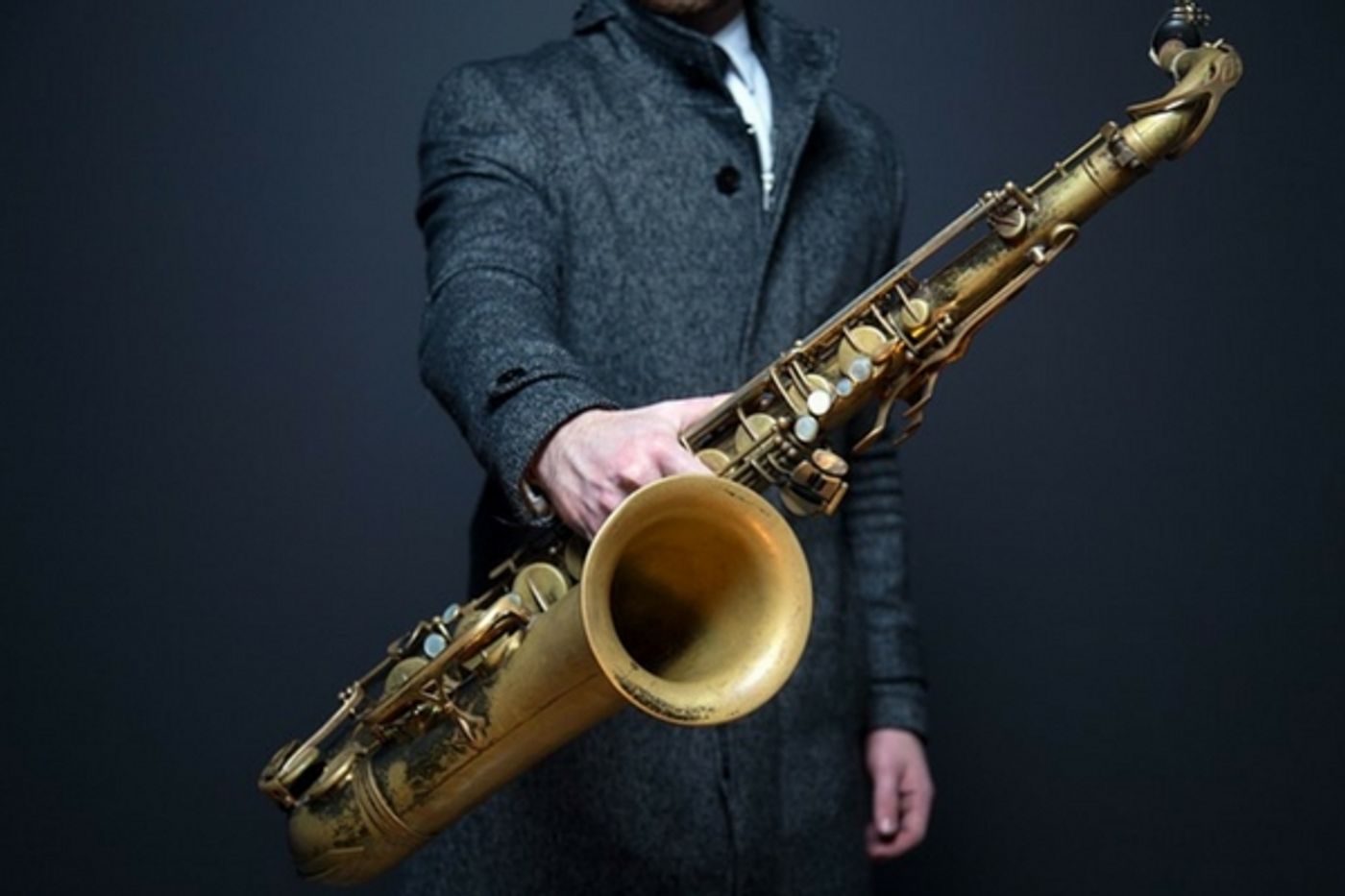Music Meets Medical Science in the Operating Room
The operating room is a pretty intense place, especially when there is actual brain surgery going on. A surgical team must be incredibly focused on the complex task. The well-being of the patient is also vital. However, now and then, there is music in the OR and not from a CD player or speaker system. Patients have been known to be awake during some brain operations and some have even provided a bit of entertainment.
Dan Fabbio is a music teacher, and when he learned that he had a brain tumor in the region responsible for processing and understanding music, physicians and researchers worked on his case, but so did a music professor. Together they made up the surgical team that would ensure his musical ability would stay intact. His surgery and the details of his care, a were detailed in a study published recently in the journal Current Biology.
Fabbio had an episode of dizziness and nausea, and when he went to the hospital, a CT scan revealed a tumor. Luckily it was benign and could be reached via surgery; however it was located in the very part of the brain most important to his work as a musician. For Dan, a team was going to be necessary to first accurately map the area of the brain where the mass was located, and then carefully perform the excision of the tumor. Location is everything, not just in real estate, but especially in the brain.
Dr. Web Pilcher, M.D., Ph.D. at the University of Rochester School of Medicine's Del Monte Institute for Neuroscience. Pilcher and is colleague Dr. Brad McMahon, Ph.D. at the UR Department of Brain and Cognitive Sciences have developed the Translational Brain Mapping program. Patients who have to have complex brain surgery will first undergo scans and brain mapping so that doctors know exactly what is where. Pilcher explained, "Removing a tumor from the brain can have significant consequences depending upon its location. Both the tumor itself and the operation to remove it can damage tissue and disrupt communication between different parts of the brain. It is, therefore, critical to understand as much as you can about each individual patient before you bring them into the operating room so we can perform the procedure without causing damage to parts of the brain that are important to that person's life and function."
While everyone has roughly the same structure in the brain, when there are tumors or brain injuries, mapping the brain accurately is crucial. In Fabbio's case, in addition to cognitive testing to find out what parts of the brain are active during certain tasks, it was important to know what kind of activity and where in the brain it was located when he played music, read notes and performed other musical tests. Dr. Elizabeth Marvin, Ph.D., a professor of music theory at UR was added to the team. Together they mapped the brain from a series of fMRI scans that showed, in real time, what kind of brain activity was going on and when.
In the OR, as an added measurement, Fabbio would be awake and play the saxophone so that the team could see that the tumor removal had not interfered with his ability to read music, process it and play it. They chose a Korean folk song that didn't require lots of deep breaths which could cause the brain to protrude too much from the skull. They followed the map that had been created, and at the end of the surgery handed their patient his saxophone. He played the tune flawlessly to the applause of the entire team in the OR.
Related: Strumming Along During Brain Surgery
Dr. Pilcher summarized the case stating, "As I think back about Dan's case and about the incredible outcome and what we were able to achieve, it reminds me of how far we have come. Ten years ago, we mapped the brain using very simple tools – electrical stimulation and image guidance. But now, we have all the tools of cognitive science. We have brought the cognitive science laboratory into the operating room and now almost as a matter of course with every single patient."
Take a look at the video from the surgery to see what a team of medical and musical professionals can do when they work together. Another case of surgeons working alongside musicians can be seen here
Sources: University of Rochester, Current Biology, NPR









